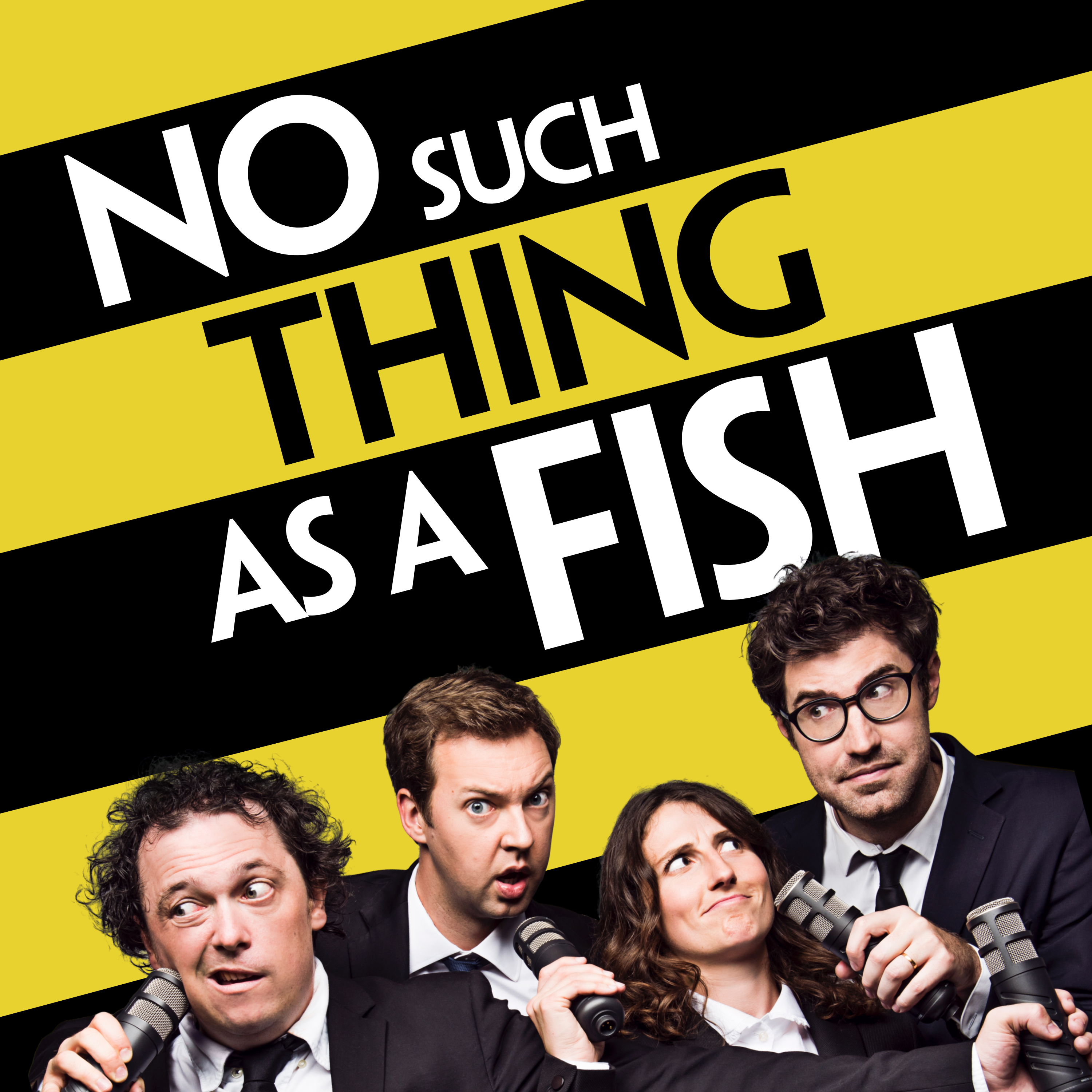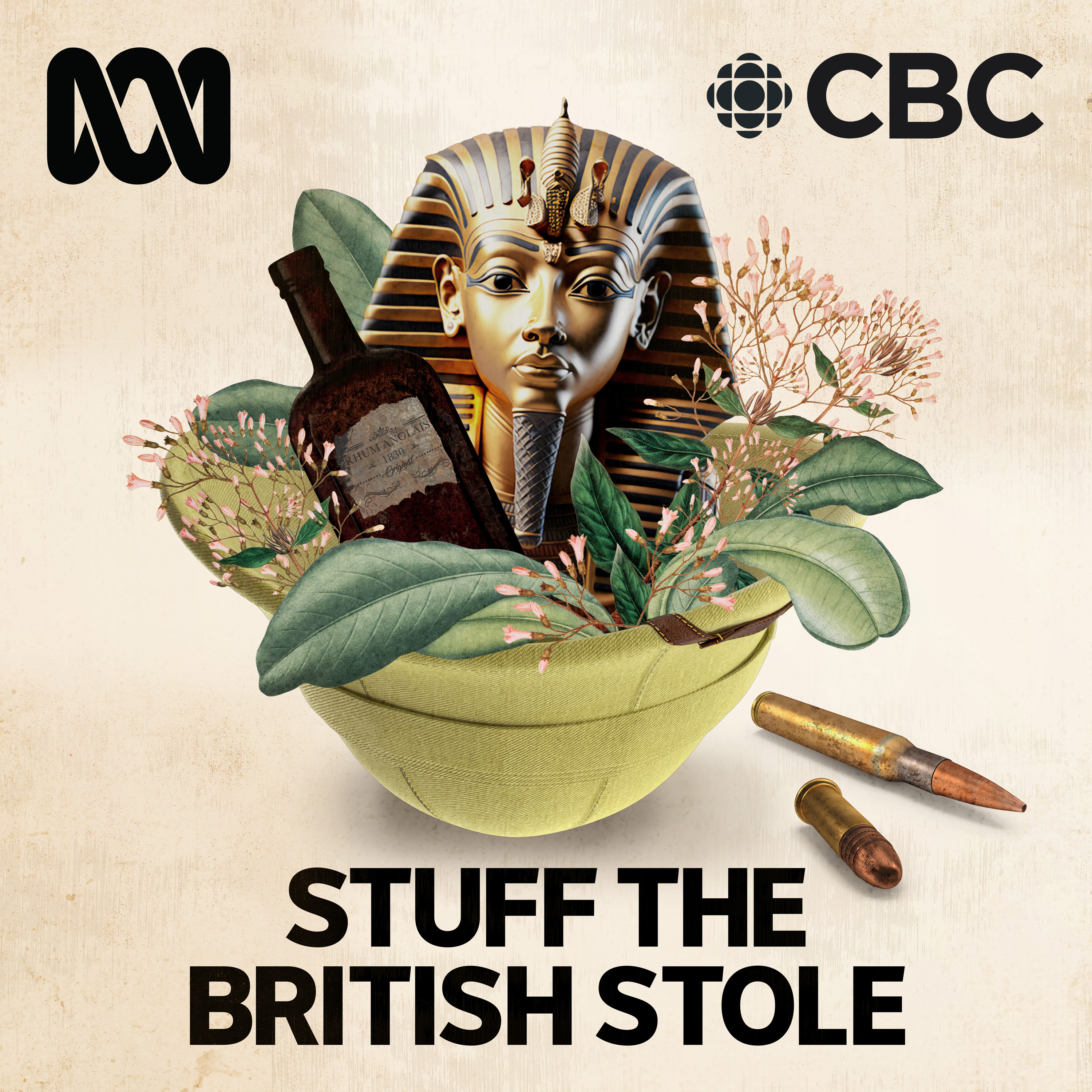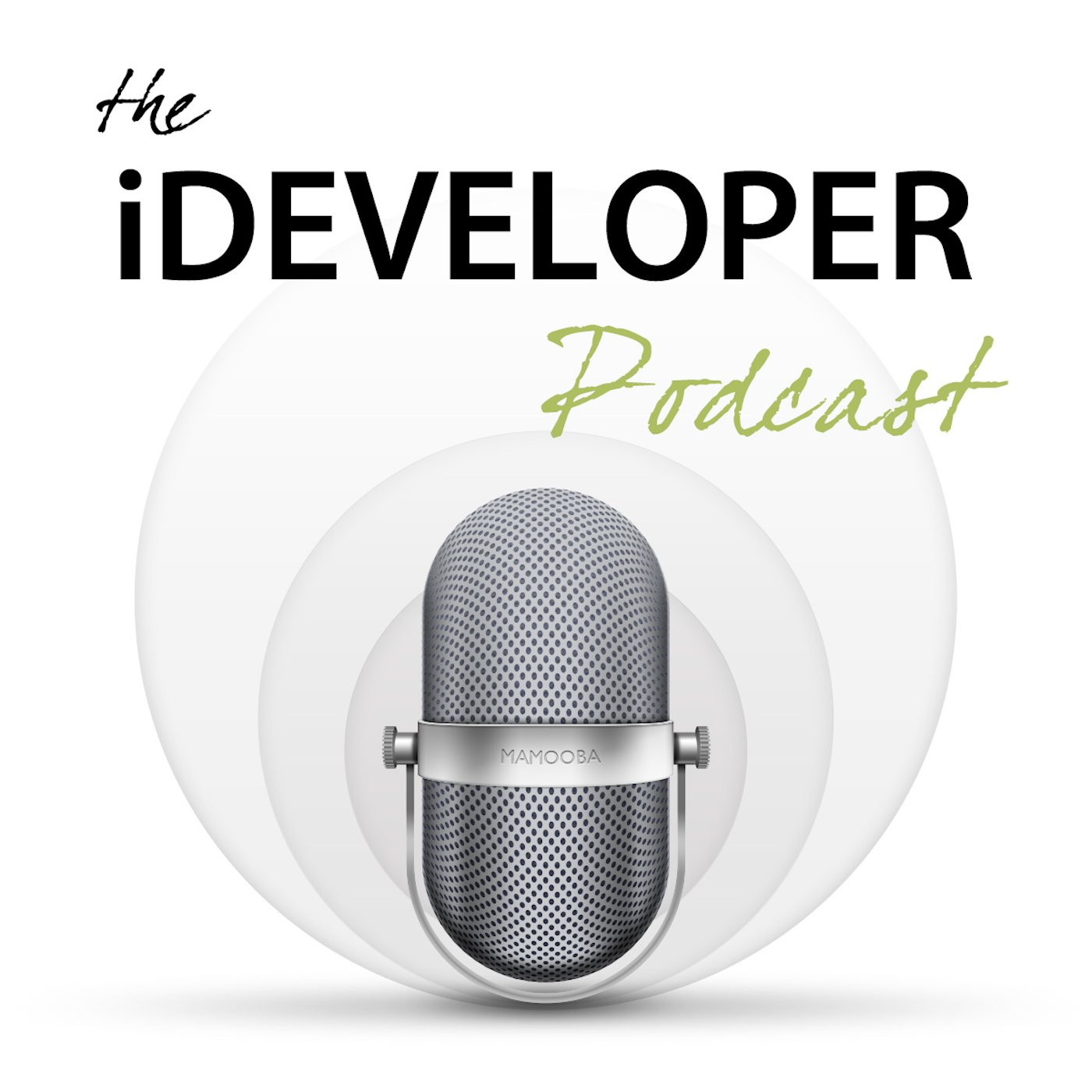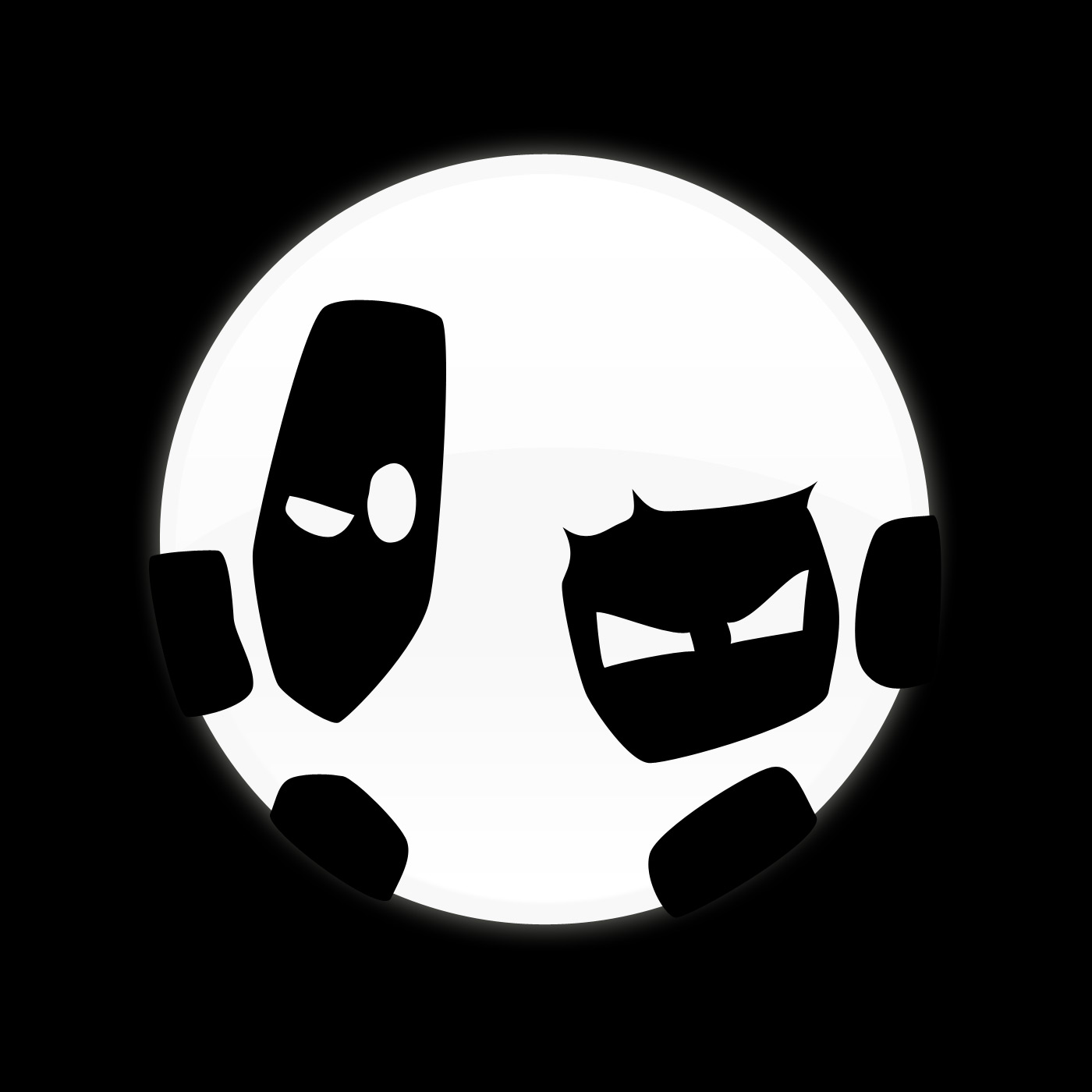
Piano, finally
Piano Finally is a podcast by an old bloke who is learning the piano, finally. I cover the process of learning the piano and music theory as an adult learner. I also review piano books, hardware and other materials from an adult learner's perspective.
Piano, finally
Episode 58 - Listening In
🎙 Episode 58 – Listening In
G’day and welcome back to Piano, Finally—where a bloke learning piano later in life reports in from yet another theatre foyer. This week’s episode was written from the Northern Foyer of the Sydney Opera House, in the sunlight beneath John Olsen’s mural Salute to Slessor’s 5 Bells. A pre-concert talk with Jaime Martín and Genevieve Lang turned out to be one of the highlights of the week—more on that later.
📺 YouTube Feature – Aspen Music Festival and School
The Aspen Festival is back, and even if you can’t be there in person, you can still tune in from home. There are seven livestreams on their YouTube channel and on their Virtual Stage, featuring student and professional performances. Highly recommended if you’re looking for fresh inspiration or a reminder of just how good live music can be.
📝 Essay – Listening In
A Bill Hilton podcast sparked this week’s reflection: should we listen to recordings of the pieces we’re learning? For most of us, the answer is yes. Whether it’s YouTube performances of AMEB pieces (like Blackout Blues), a demo from your piano teacher, or a playback from notation software like Dorico or MuseScore, hearing a piece before (or while) learning it can be a huge help. And thanks to playback tools, you can even slow it down for practice or play along without needing a metronome.
🎹 Nord Stage 4 Review – The Effects Section
We wrap up the main parts of the Nord Stage 4 with a look at the effects engine. From reverb (room, hall, cathedral) to filters, phasers, delays, rotary speakers and more—there are dozens of ways to shape your sound, and most come with dual variations. The real challenge? Knowing when to stop tweaking.
🎼 Progress
Back to Wild Chase this week—polishing bars 9–16 and rounding out the ending. It’s shaping up well for the September showcase.
Also included: early work on Riders on the Storm using the Nord Stage 4 and presets from My Keys To Music. The sound is right, but the timing still needs work.
🎶 Pre-concert talk highlight: conductor Jaime Martín on childhood concerts, music in classrooms, and what Taylor Swift has in common with Diaghilev. A brilliant conversation hosted by Genevieve Lang.
🎼 More on the pre-concert talks
You can contact me:
- via email at david@pianofinally.show; this is probably the best option
- the show website, www.pianofinally.show
- Instagram and Threads @pianofinally
- and on YouTube
- all the podcast directories - list
- here's the RSS feed
Some of the links to books and other items mentioned in the podcast are affiliate links for Amazon or other providers. If you use one of these links, a commission may be paid to me at no additional cost to you. Thank you if you use a link.
All reviews of products, websites and services are unpaid, and no sponsorship has been received for any content on this podcast.
G'day everyone, I'm David Reidy. Welcome to Piano Finally, a podcast by an old bloke who's getting around to learning the piano. Finally. Welcome to show 58. Thank you very much for listening. If this is the first time you're hearing the podcast, I hope you enjoy what's in the show. If you're back for another episode, then thanks for returning. If you too are learning a musical instrument, let me know how you're going with it. You can contact me at david at pianofinally.show. As is becoming a habit, a foyer was involved in the writing of this week's podcast. This time, it's the northern foyer of the Sydney Opera House Concert Hall, about an hour before the next concert in my Sydney Symphony Orchestra subscription series. Normally, the foyer has a lectern and some rows of chairs, but most of the public seating is on the carpeted steps in front of John Olsen's mural, Salute to Celestis Five Bells. The mural is covered by a curtain during the day, mostly because, being in the northern foyer, it gets full sunlight. Currently, it is 16 degrees outside, but sitting in the sun waiting for the pre-concert talk is quite pleasant. They appear to be doing something different this time, as there are two lounge chairs in addition to the usual lectin. I'll report at the end of the episode on what happens. You might also notice that this week's show sounds a little different. I'm changing the software I am using to record the show. Up until now, I've been using Adobe Audition to record and edit, but Adobe software is relentlessly subscription-based, so I'm slowly moving to replace it. The problem is that I've been using their products since 1987, so I'm pretty comfortable with them. But their subscription price keeps going up, and there are now viable alternatives, so I'm slowly moving things. I have until February when the current discount on my subscription runs out. And so, this week's show is being recorded with a new Evo 16 audio interface from Audient, so it may sound a little different. There are some more production changes coming in the next few weeks. I mentioned the Aspen Music Festival and School in the podcast last year, and it has rolled around once again. The festival and school itself is designed to bring professional musicians and teachers together with students to give them not only lessons, but also intensive performance experiences. There are four different orchestras, an opera program and countless other opportunities. This year the program runs from the 2nd of July to the 24th of August with many different events happening over the seven weeks. I'm going to assume that none of us is able to be there in person so let's look at what is going to be available remotely. There are seven live streams scheduled for the festival. They are most easily accessed from the festival's YouTube channel, not least because they have the date and the time converted to your local time zone. For people in eastern Australia, the concerts are mostly in the mid-morning. If you listen to this episode of the podcast when it first comes out, there are still three more performances to come, including some Brahms, Ravel and Holst. There's a link to the YouTube streaming page in the show notes. Some of the live streams remain available after their broadcast, but not always, so you may have to catch them live. Aspen's YouTube channel also includes a wealth of other material covering many of the students' experiences and performances. It is worth a watch just for the glimpse it gives of current musical opportunities. New videos appear throughout the year, so this is definitely a channel that is worth subscribing to. Listening in. I was listening to one of Bill Hilton's Patreon-only podcasts where he was interviewing a professional violinist about her practicing process. She mentioned that she spent a good deal of time listening to performances of the pieces she was learning. Bill mentioned that when he was learning the piano, his piano teacher told him not to listen to other performances, but to only work from the written score. This got me thinking about whether I agreed with Bill's piano teacher or the violinist. I can see the point of not listening if you're preparing to give a public concert and people are coming to see your version of a piece. Listening to a well-known performer has the potential to cull your own interpretation and, supposedly, you're meant to work out what you think it means just from the information in the score, perhaps influenced by your knowledge of the composer's circumstances when they wrote the piece. I'm not, and I suspect most of you listening are not, such famous pianists that people are coming specifically to hear our interpretations of piano works. Most of our audiences, as we are still learners, are probably there out of politeness and a wish to support our endeavours. Being going to be a problem. If anything, it's likely to be a benefit. As a result, and working from the idea that as a learner I'd like to get as much help as I can get, I think it's perfectly fine to listen to pieces that you are trying to learn. So how do you do that? I have a little list of pieces that I would eventually like to learn. The pieces that are on the list are there because I've heard them. Getting a performance of the start of Beethoven's Wolstein Sonata is not difficult, nor is Riders on the Storm or Chopin's Polonaise Fantasy. But what about the pieces I can realistically expect to be able to play in the coming year? Since I am using books from AMEB and Ansca, YouTube videos are available for many of the pieces. Some, such as Blackout Blues, are even performed by the composer. But what happens if you want to learn a piece that isn't in a popular book series and hence doesn't appear on a YouTube playlist? Well, you could just look for a more popular piece, and I suppose that if you're just looking for a piece to practice or learn a new technique, that's not a problem. But what if you really want to learn that particular piece and nothing's available? There are a couple of solutions. If you've got a piano teacher, then the problem is solved. You can have them play it for you. They'll probably let you record it for reference. There have been a number of times when I've asked devy to play a piece when i've managed to play the notes as written but i just can't get them to sound musical having someone who knows what they're doing play it for you is a great way to get going with a piece what if you're learning by yourself one of the best features of modern notation software is the ability for the program to turn a written score into a performance i often take a piece of music from one of the books and use notation software, mostly Dorico, to write it out again. This means I have to have a really good look at the piece and I can make sure I understand all the nuances in the notation. Dorico also gives me a PDF of the music formatted the way I like, which I can transfer to the iPad for use at the piano. You don't have to use Dorico though, Muscore, which is free, also has an excellent engine for turning notes into music. A side benefit of having a notation program, or a DAW for that matter, generating the music, is that you can alter the tempo of the piece really easily, so you can hear it at a slower pace when you're first working on it. You can even do a play along at that tempo if you don't want to work with the metronome, but you still want to improve your timing. Playing around with this has given me an idea to try something more complex, and at a level I'm not up to yet. I'm going to experiment over the next few weeks and I'll let you know how I get on. I'm still working on FM synthesis. I'm using a Yamaha DX7 emulator on my Arturia keyboard because I've found some really good resources for that synthesizer. Once I work that out, I'll transfer back to the Nord. So this week, I'll look at the last of the Nord's main keyboard sections the effects the effects section allows you to apply its actions to each of the other parts of the keyboard individually or to the keyboard as a whole both of the organs share the same set of effects but each of the pianos in the piano section and each of the synthesizers can have individual sets there are also some rotary speaker effects that are controlled from the organ section of course you can add reverb to the sounds there's room stage hall and cathedral and spring all of them have variations and can be mixed at various amounts there are high pass low pass and band pass filters built into the amp effects there are also delay effects that can move the sounds around in the stereo field you need to be using headphones to really notice them though. There are also a lot of vintage audio effects that copy from older analog devices, and there are lots more. In nearly every case, every effect has two variations, which are selected by the variation button in the section. There are hundreds of ways to combine all these effects to make different sounds. I don't think I'll ever get through all of them. The pre-concert talk was the best one so far. The two chairs that had been placed were for Genevieve Lang, a harpist and broadcaster, and Jaime Martin, the conductor. Instead of being a talk about the music, although I expected that may have been the original intent, it turned into a chat between the two, with Jaime explaining his connection with music in general. He started with the story of growing up in Spain and being taken to his first symphony concert by his father when he was eight years old. Genevieve asked him about the artistic collaboration between Diaghilev, Fala and Picasso that brought about the three-cornered hat, one of the pieces in the concert, and where this sort of collaboration was happening today. He answered by explaining how he went to a concert in Stockholm by a singer he hadn't heard of and saw pretty much the same type of thing was happening, where the singer was working closely with the designers and the choreographers for the show. The singer he hadn't heard of was Taylor Swift. Jaime talked about the importance of exposing young people to all types of music and making opportunities available to them to give it a try. He lamented the fact that where music used to be in every classroom, it is increasingly disappearing as money is cut from education programs. He suggested that more and more it was the responsibility of other adults to make sure children got the chance to experience music. This insight into the conductor, who only concluded his talk because he had to go on stage, made the whole concert enjoyable, on a whole other level. Genevieve did a quick explanation of the way Ravel put Bolero together, and it made listening to the piece, the last item on the program, a much more interesting experience. As part of the talk, she noted that Rebecca Lagos, the principal percussionist, would be playing the Stare Ostinato the 163 times required for the piece. Which explains the extended applause she received at the end of the concert. These pre-concert programs are a great addition to what is already a great day at the Opera House. If you'd like to contact me, email is the best way. You'll find me at david at pianofinally.show and the website at www.pianofinally.show. In both cases, Piano Finally is all one word. The show is also on Spotify and available as audio only on YouTube. You can subscribe via any popular iOS or Android podcast application or from directories such as Apple Podcasts, Spotify or YouTube. I also posted excerpt and link for each episode as an Instagram reel. If you're learning an instrument, let me know where you are in your journey, what's going well, and what are the challenges. How are you managing your time? So, until next week, I hope your piano stays in tune, and you enjoy your time at the Keys. It's Wynne and Rossi's piece, Wild Chase, again this week. I've been working on bars 9 to 16 mostly, and the last few bars that I've been skipping. I think it should be ready for the showcase in September, and I expect that I'll be adding some new pieces after my lesson with Debbie this coming week. The piece was recorded using the Kawaii NV10 as the keyboard, and Native Instruments Clare on the M4 Pro Mac Mini, emulating the Fatsioli F308 Grand Piano. I'm also including a bit that I'm working on with the Nord Stage 4 It's the descending scale that is in the first part of Riders on the Storm I'm using a preset I got from My Keys to Music for the sound At the moment this is still too slow and as it needs to sync with the rain and thunderstorm sounds it's still not ready for performance and there's a lot more of the piece to go... 아멘 优优独播剧场——YoYo Television Series Exclusive ご視聴ありがとうございました
Podcasts we love
Check out these other fine podcasts recommended by us, not an algorithm.

Connected
Relay
Upgrade
Relay
No Such Thing As A Fish
No Such Thing As A Fish
We Can Be Weirdos
Global
Stuff The British Stole
ABC and CBC
The iDeveloper Podcast
Steve Scott (Scotty) & John FoxRaven On: A Pop Culture Podcast
Natalie Bochenski & Stuart Layt
Smart Enough to Know Better
Dan Beeston & Greg Wah
TopMusic Piano Podcast
Tim Topham
The Chopin Podcast
Garrick Ohlsson and Ben Laude



